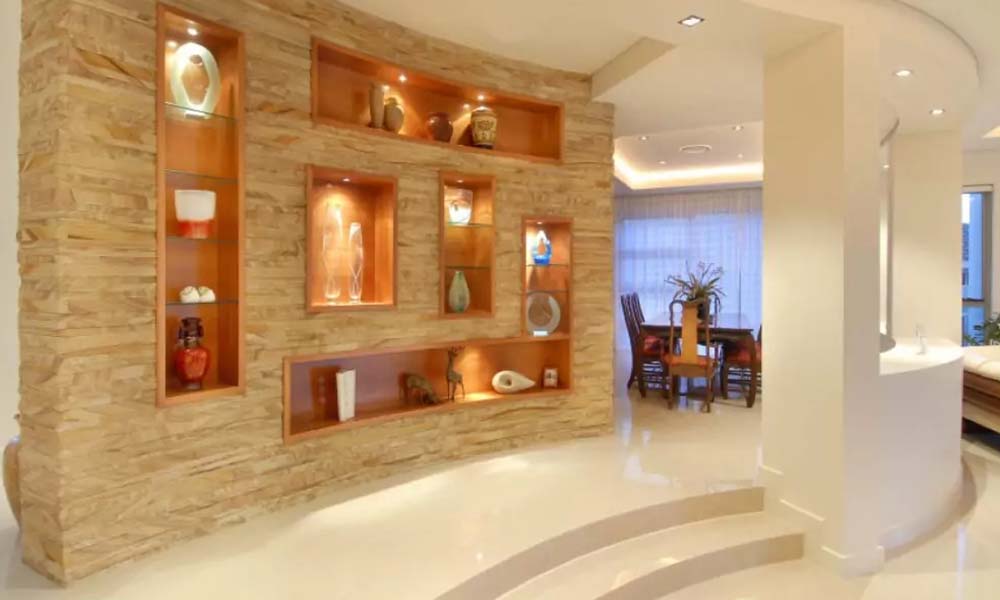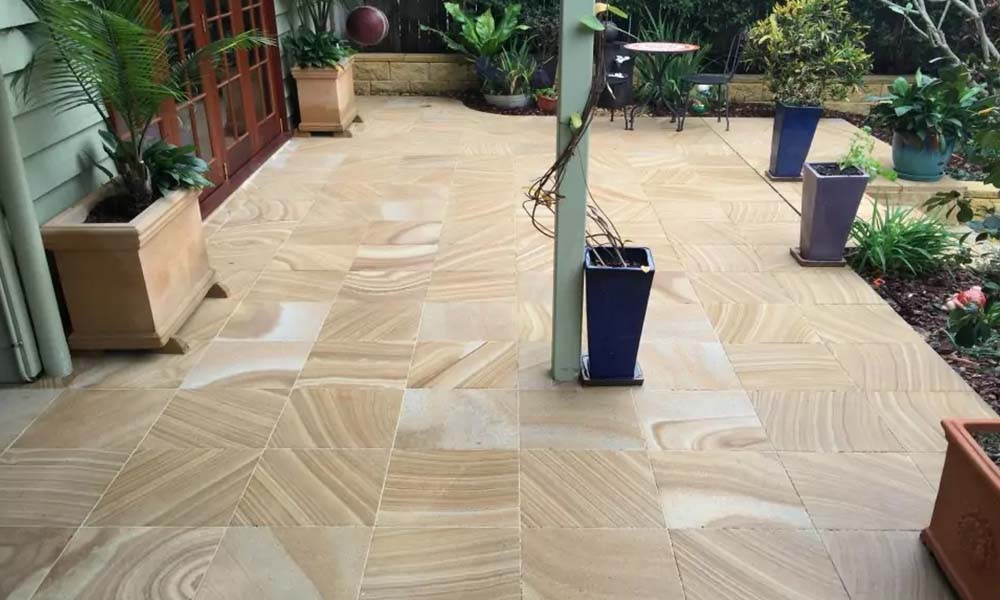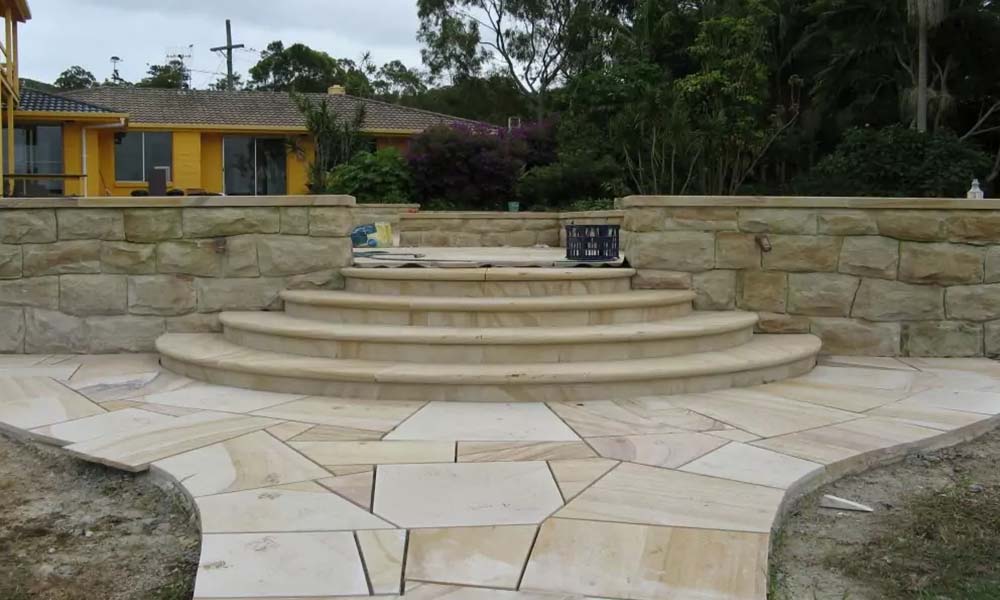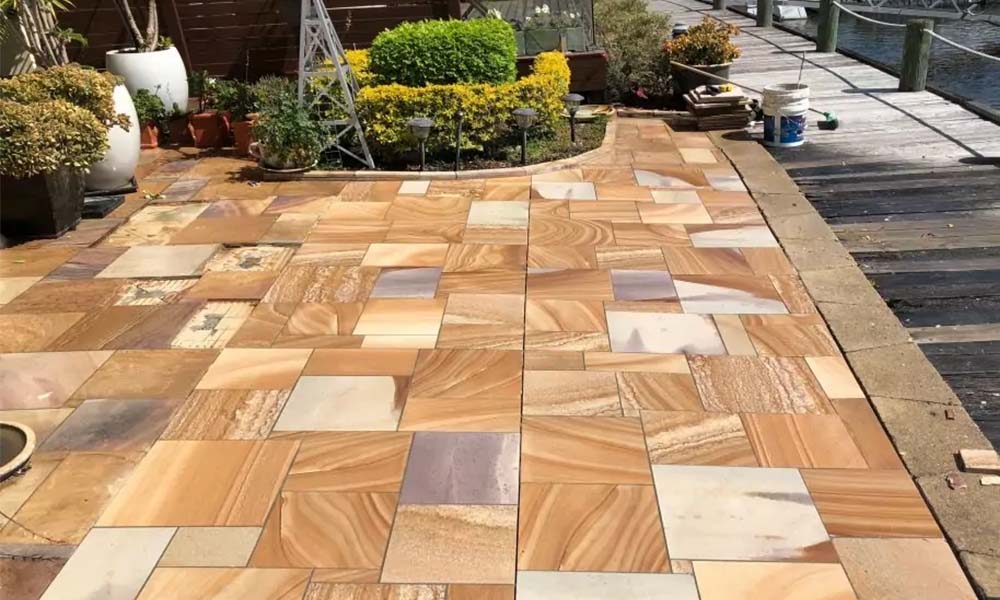
If you’re in the midst of planning a construction project and can’t decide between Sandstone vs Limestone, you’re not alone. These two natural stones are often at the top of the list for many Australian builders due to their durability and aesthetic appeal. However, each stone has unique properties that make it suitable for different applications. So, how do you make the best choice for your project?
Let’s take a closer look at these two materials, examining their strengths, weaknesses, and ideal uses to help you make a decision that suits your needs.
What’s the Big Deal with Sandstone vs Limestone, Anyway?
Sandstone vs Limestone are both sedimentary rocks, meaning they were formed from the accumulation of sediments over millions of years. Their long formation process contributes to their strength and durability, making them popular choices in the construction industry. Both materials offer distinct advantages depending on the type of project, but they also come with their own set of challenges. Understanding these differences is key to selecting the right material for your building needs.
Sandstone: The Versatile Choice
Sandstone is a rock formed from cemented grains of sand, primarily composed of quartz and feldspar. This stone is known for its variety of colours, from warm, earthy tones like brown and red to cool shades of grey and white. It’s relatively easy to work with, making it a preferred choice for many outdoor and indoor applications.
The Advantages of Sandstone
- Durability: Sandstone is a resilient material that can endure harsh weather conditions. It’s resistant to erosion and can last for years, making it ideal for exterior applications such as walls, patios, and walkways.
- Versatility: Thanks to its wide range of colours and textures, sandstone can be used in various settings. Whether you’re looking to build a rustic wall, a decorative fireplace, or even a sculpture, sandstone offers the flexibility to match your vision.
- Aesthetic Appeal: Sandstone’s natural beauty adds warmth and character to any project. Its grainy texture and rich colours make it a visually appealing choice for both modern and traditional designs.
The Drawbacks of Sandstone
- Porosity: One of sandstone’s main drawbacks is its porosity. Being porous means it can absorb water, which could lead to staining if not properly sealed. This is particularly important in areas prone to heavy rain or moisture.
- Softness: While sandstone’s softness makes it easy to cut and shape, it also makes the stone more susceptible to scratches and other forms of damage. This characteristic might limit its use in high-traffic areas or projects where durability is paramount.
Limestone: Elegance and Durability
Limestone is formed from the skeletal remains of marine organisms like coral and shells. Known for its smooth texture and subtle colour palette—typically creamy whites, beiges, and light greys—limestone is often associated with elegance and sophistication. Its dense structure makes it a durable option for a wide range of building projects.
The Advantages of Limestone
- Strength and Durability: Limestone is incredibly strong, often used in constructions that require the material to support heavy loads or withstand harsh environmental conditions. It’s a common choice for building facades, flooring, and large-scale monuments.
- Low Maintenance: Unlike sandstone, limestone is less porous, which means it’s less prone to staining and easier to maintain. This characteristic makes it a practical choice for both indoor and outdoor use.
- Sophisticated Appearance: The smooth, refined look of limestone adds a touch of class to any space. Whether used for flooring, countertops, or wall cladding, limestone’s appearance is timeless and works well in both contemporary and classic designs.
The Drawbacks of Limestone
- Cost: Limestone tends to be more expensive than sandstone, making it a less affordable option for budget-conscious projects. Its durability and aesthetic qualities often justify the higher cost, but it’s something to consider when planning your budget.
- Susceptibility to Acid: Limestone is sensitive to acidic substances, including acid rain, which can cause etching and damage over time. This is an important factor to consider if you’re planning to use limestone in an environment where it might be exposed to acids.
Choosing the Right Rock for Your Project
The decision between Sandstone vs Limestone depends largely on the specific requirements of your project. Here’s a quick guide to help you decide:
Outdoor Projects
If your project involves outdoor elements like patios, retaining walls, or garden features, sandstone is an excellent choice. Its durability and resistance to weathering make it ideal for withstanding Australia’s varying climate conditions. Additionally, its wide range of colours and textures allows for creative design options that can enhance the natural beauty of your outdoor space.
Indoor Projects
For indoor projects that require a touch of elegance, limestone is the way to go. Its smooth, sophisticated look is perfect for applications such as flooring, countertops, and bathroom walls. Limestone’s low porosity also makes it easier to maintain in areas where spills or moisture are a concern.
Budget Considerations
If cost is a major factor in your decision, sandstone is typically the more budget-friendly option. However, if you’re looking for a long-term investment that offers both durability and aesthetic appeal, limestone may justify the higher price tag.
Taking Care of Your Sandstone vs Limestone
Regardless of whether you choose sandstone or limestone, proper care and maintenance are essential to ensure your stone lasts for years to come. Here are some tips to keep your stone looking its best:
Sealing Your Stone
Both Sandstone vs Limestone benefit from sealing, which helps protect the stone from water absorption, staining, and other forms of damage. Sealing should be done after installation and periodically throughout the stone’s life, depending on the level of exposure to moisture and wear.
Cleaning Your Stone
Regular cleaning is crucial to maintaining the appearance and integrity of both Sandstone vs Limestone. Use a mild soap and water solution to clean the surface, and avoid harsh chemicals that could damage the stone. For tougher stains, especially on limestone, use a pH-neutral cleaner designed specifically for natural stone.
Repairing Damage
If your stone becomes damaged, such as chipped or scratched, it’s important to address the issue promptly. Small chips can often be repaired with stone filler, while larger damages might require professional restoration. By taking quick action, you can prevent further damage and keep your stone looking pristine.
At Elite Sandstone, we offer a wide range of high-quality sandstone products that can bring your vision to life. Whether you’re building a patio, a retaining wall, or an elegant indoor space, we have the perfect stone for your needs.
Contact us today to discuss your project and get expert advice on the best materials for the job. Don’t wait—take the first step towards creating your dream space with Elite Sandstone.




